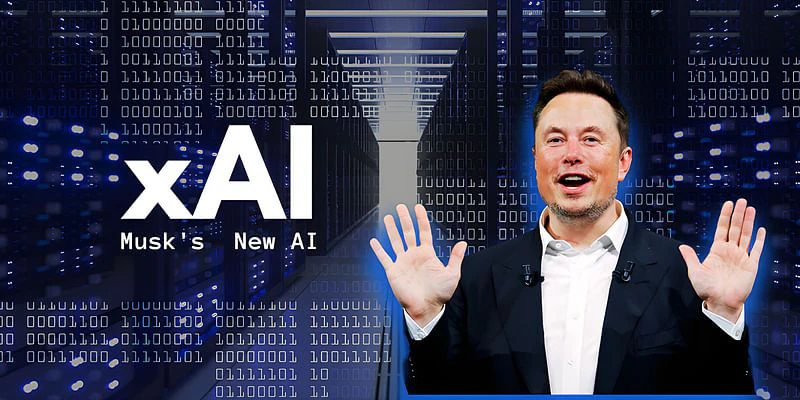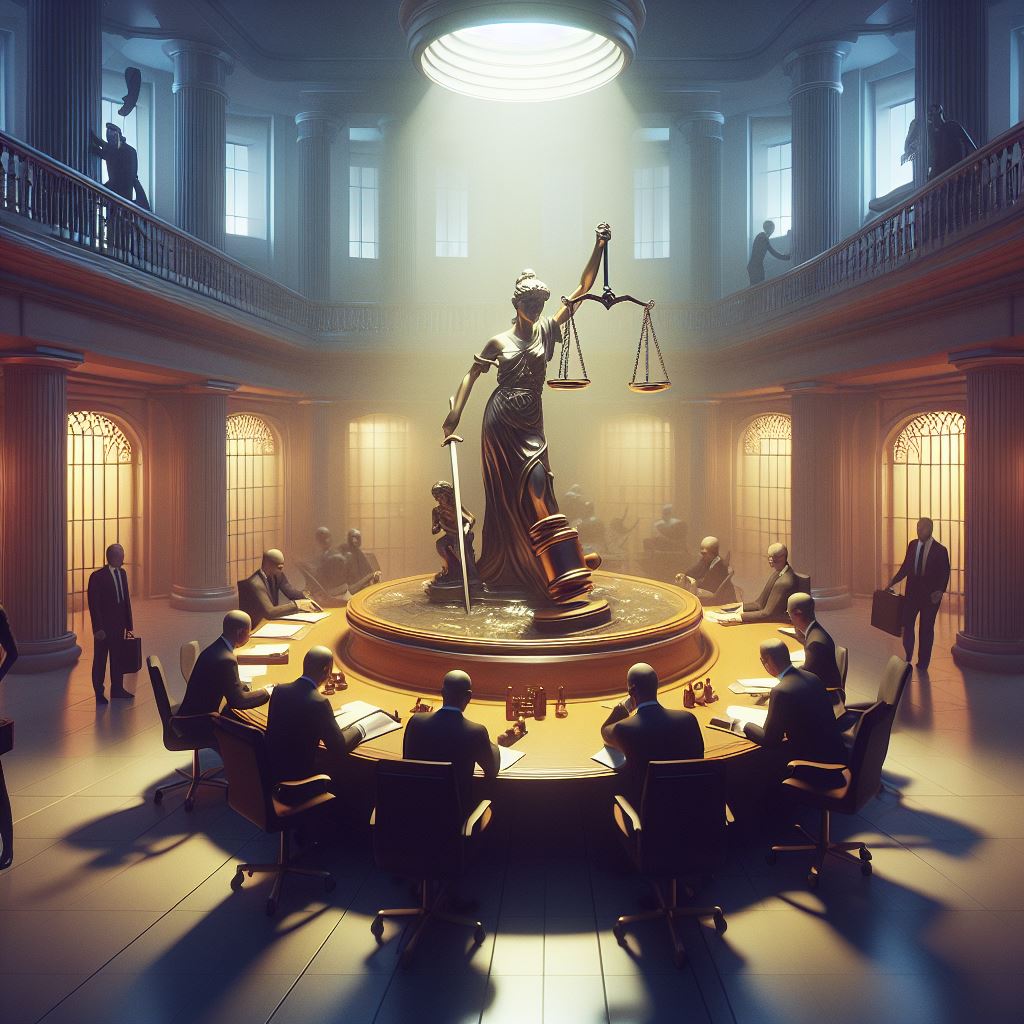In the bustling landscape of artificial intelligence, one phenomenon stands out prominently: Generative AI, embodied in colossal language models like ChatGPT, has emerged as a transformative force, promising unparalleled economic prosperity. However, beneath its veneer of innovation lies a labyrinth of challenges that threaten to derail its trajectory. As 2024 unfolds, the spotlight turns towards the darker undercurrents swirling around generative AI, illuminating the top five problems plaguing its ascent.
1. Bias in AI systems
Generative AI’s meteoric rise heralds a new era of innovation, yet lurking beneath its surface lies a potent adversary: bias. As algorithms churn out content at an unprecedented pace, the specter of bias looms large, threatening to erode organizational values and perpetuate toxic ideologies. The ease of access to AI tools exacerbates these concerns, raising questions about the suppression of diverse voices and the propagation of prejudiced narratives.
To safeguard against this insidious infiltration, organizations must embark on a journey of introspection, aligning AI systems with corporate ethos and fostering vigilant oversight to counteract bias’s pernicious influence. As Glenn Gow, a CEO coach and prominent AI keynote speaker, emphasized the imperative for enterprise leaders to recognize the potential of bias to permeate their corporate cultures. He urged leaders to shift their focus from isolated instances of bias to the broader impact it could have on shaping organizational values and norms.
2. Accuracy challenges in generative AI
Amidst the fervor surrounding generative AI, a recurring issue casts a shadow of doubt: accuracy. ChatGPT’s propensity for ‘hallucinations,’ fabricating responses instead of conceding ignorance, presents a Pandora’s box of concerns. Enterprises grapple with the fallout, from tarnished reputations to legal entanglements. The solution, experts suggest, lies in fortifying AI models with specialized knowledge and embedding ethical guardrails. Yet, the human touch remains paramount, as vigilance in engineering prompts and verification processes becomes imperative to navigate this treacherous terrain.
3. Information overload management
In the age of generative AI, an avalanche of information inundates organizations, heralding both promise and peril. From an onslaught of emails to a deluge of digital content, the sheer volume overwhelms traditional frameworks of management and evaluation. As enterprises grapple with this deluge, questions abound: How to harness this torrent of data? How to discern quality amidst quantity? The imperative emerges for strategic alignment, leveraging technology and talent to navigate the labyrinthine landscape of information overload, lest organizations drown in the tide of their own creation.
4. Intellectual property concerns
In the labyrinth of generative AI, a legal quagmire unfolds: intellectual property rights hang in the balance. From allegations of data appropriation to questions of ownership, the landscape is fraught with uncertainty. Enterprises tread cautiously, grappling with the specter of litigation and the nebulous boundaries of AI-generated creativity. As legal frameworks evolve, organizations must navigate this legal maze, ensuring human oversight in asset creation and vigilant legal scrutiny to mitigate the risk of infringement.
5. Cybersecurity threats
As generative AI proliferates, so too do the threats it poses to cybersecurity. Bad actors leverage AI’s capabilities to craft sophisticated cyber attacks, from malware propagation to deepfake fabrication. The pervasiveness of AI-generated content amplifies vulnerabilities, necessitating a paradigm shift in defensive strategies. Amidst this digital arms race, organizations must deploy AI as a double-edged sword, harnessing its capabilities to fortify defenses while remaining vigilant against the human element, the weakest link in the cybersecurity chain.
As the curtain falls on the complexities of generative AI, a fundamental question lingers: How shall organizations navigate this turbulent terrain? In the crucible of innovation, the stakes have never been higher, as industries teeter on the precipice of disruption. The imperative beckons: confront the challenges of generative AI with resolve and ingenuity, for in this unfolding saga lies the promise of a new era, defined by those who dare to embrace the transformative power of AI. In the relentless march towards AI integration, how can organizations strike a balance between innovation and integrity, ensuring that the promise of generative AI is realized without succumbing to its pitfalls?





